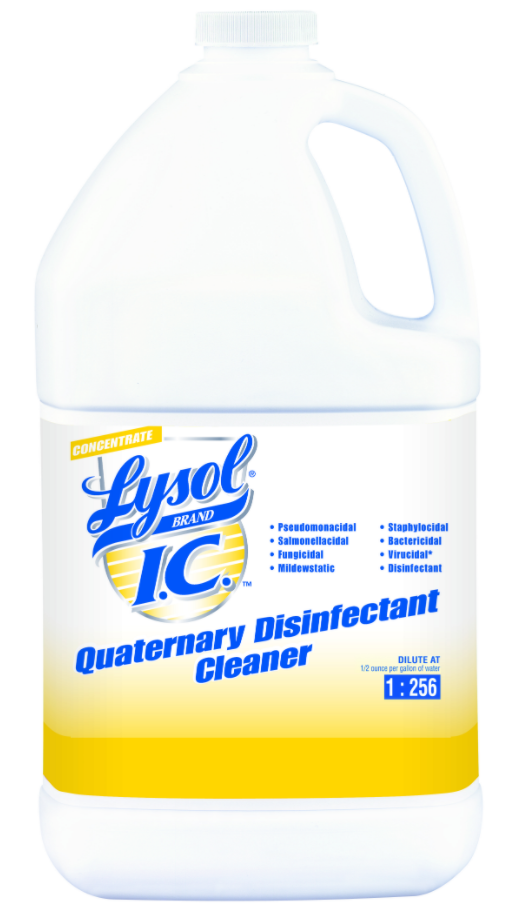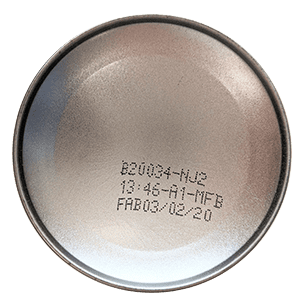Claims listed within SmartLabel™ are either governed by entities such as the USDA, FDA, EPA, etc. or defined by participating brands.
Item Benefits / Features
DISINFECTS, CLEANS AND DEODORIZES IN ONE LABOR SAVING STEP
- A multi-purpose, neutral pH, germicidal detergent and deodorant effective in hard water up to 200 ppm (calculated as CACO3) in the presence of a moderate amount of soil, 5% organic serum, tested according to the AOAC Use-dilution Test.
- Pseudomonacidal, Salmonellacidal, Fungicidal, Mildewstatic, Staphylocidal, Bactericidal, *Virucidal
Effective against the following pathogens:
BACTERIA:
• Acinetobacter calcoaceticus • Bordetella bronchiseptica • Chlamydia psittaci • Enterobacter aerogenes • Enterobacter cloacae • Enterococcus faecalis – Vancomycin Resistant (VRE) • Escherichia coli(1) • Fusobacterium necrophorum • Klebsiella pneumoniae(1) • Legionella pneumophila • Listeria monocytogenes • Pasteurella multocida • Proteus mirabilis • Proteus vulgaris • Pseudomonas aeruginosa(1) • Salmonella enterica • Salmonella enteritidis • Salmonella typhi • Serratia marcescens • Shigella flexneri • Shigella sonnei • Staphylococcus aureus(1) • Staphylococcus aureus – Methicillin Resistant (MRSA) • Staphylococcus epidermidis(2) • Streptococcus faecalis(1) • Streptococcus pyogenes
(1) ATCC & antibiotic-resistant strain
(2) antibiotic-resistant strain only
FUNGI:
• Aspergillus niger • Candida albicans • Trichophyton mentagrophytes
VIRUSES:
*Adenovirus Type 4 *Hepatitis B Virus (HBV) *Hepatitis C Virus (HCV) *Herpes Simplex Virus Type 1 *Herpes Simplex Virus Type 2 *HIV-1 (AIDS Virus) *Human Coronavirus *Influenza A Virus / Hong Kong *Respiratory Syncytial Virus (RSV) *Rotavirus [WA] *Rubella Virus *Vaccinia Virus
ANIMAL VIRUSES:
*Avian Influenza Virus (H5N1) *Avian polyomavirus *Canine distemper Virus *Feline leukemia Virus *Feline picornavirus *Infectious bovine rhinotracheitis Virus *Infectious bronchitis Virus (Avian IBV) *Newcastle Disease Virus *Pseudorabies Virus (PRV) *Rabies Virus *Transmissible gastroenteritis Virus (TGE)


